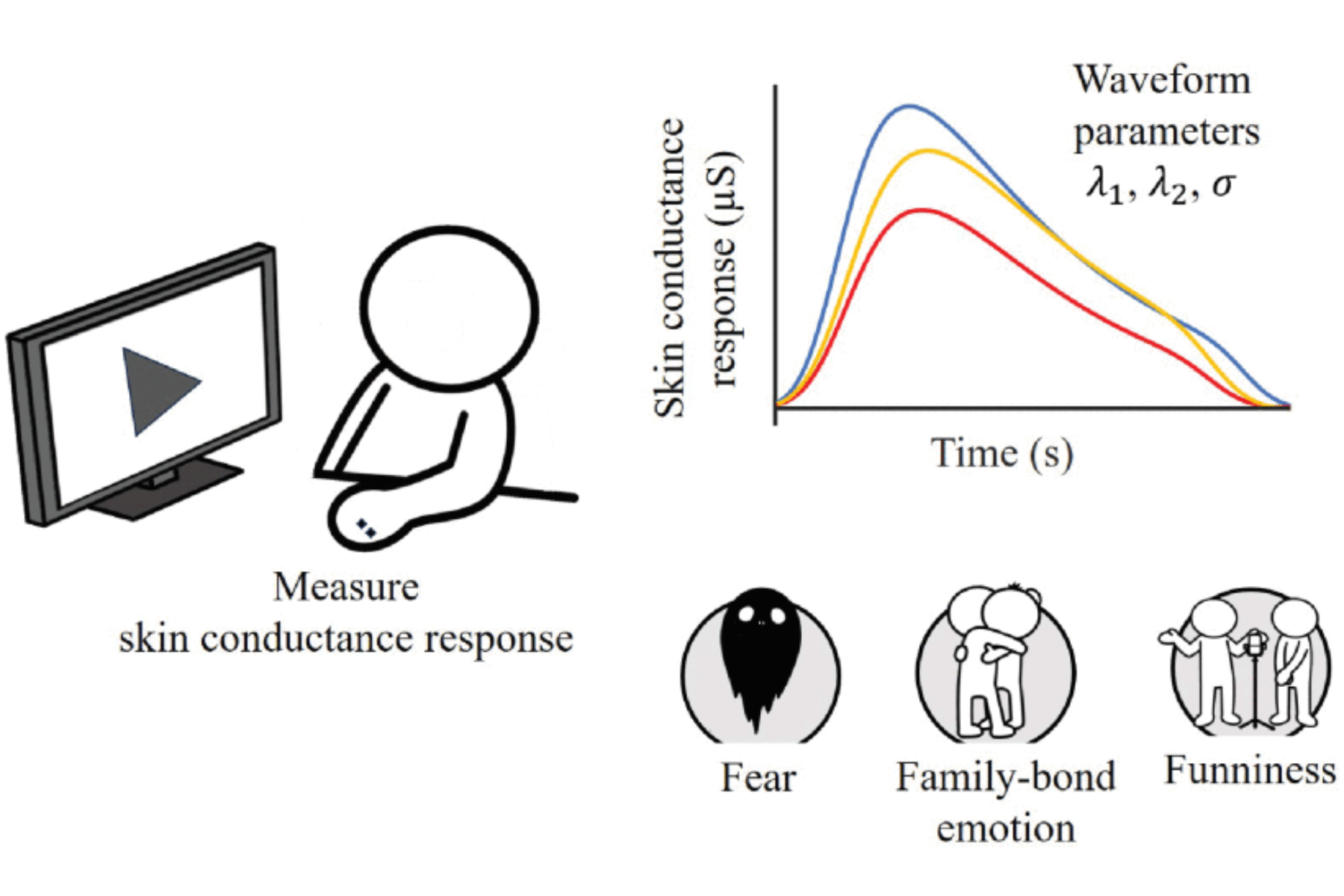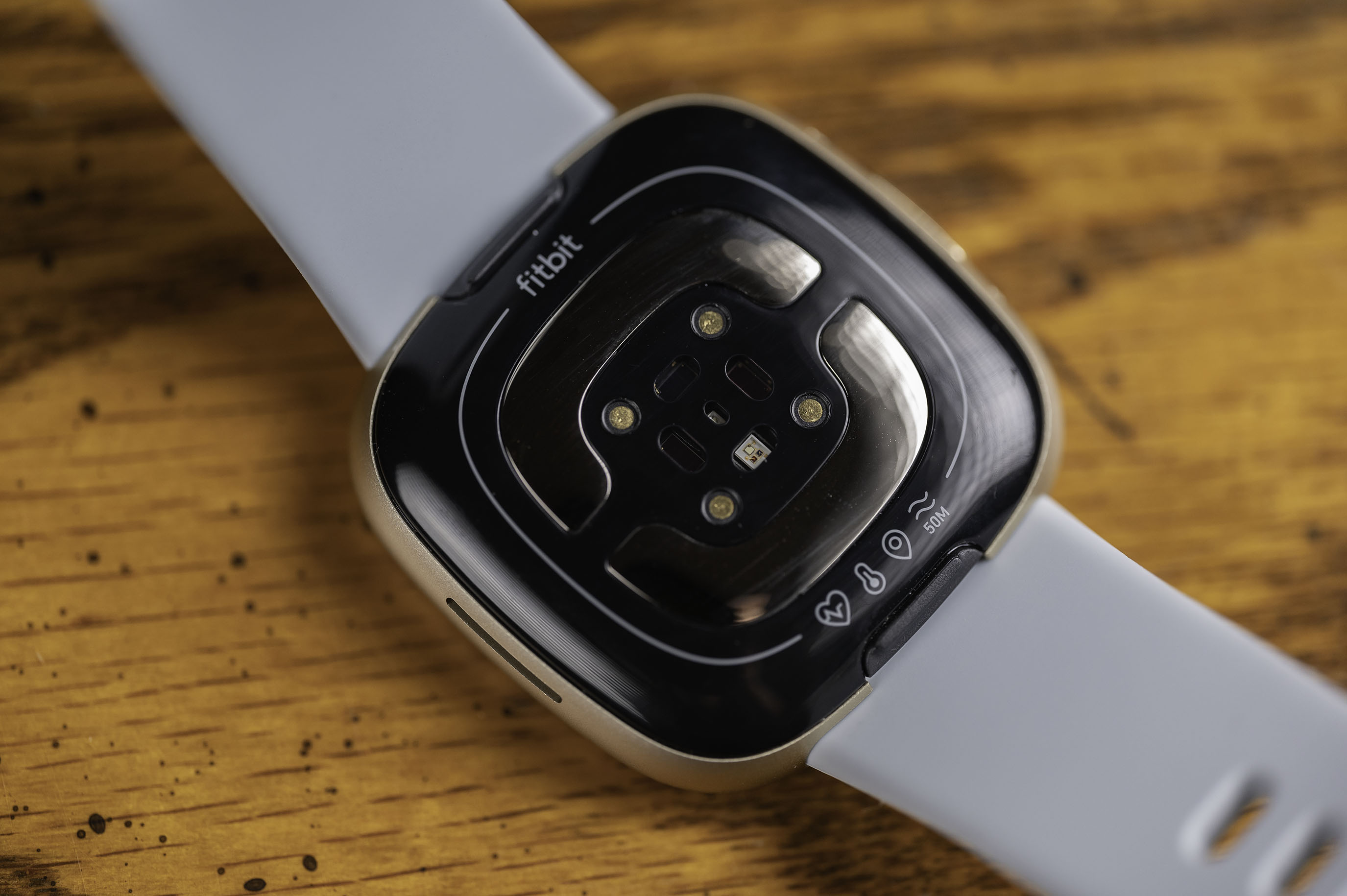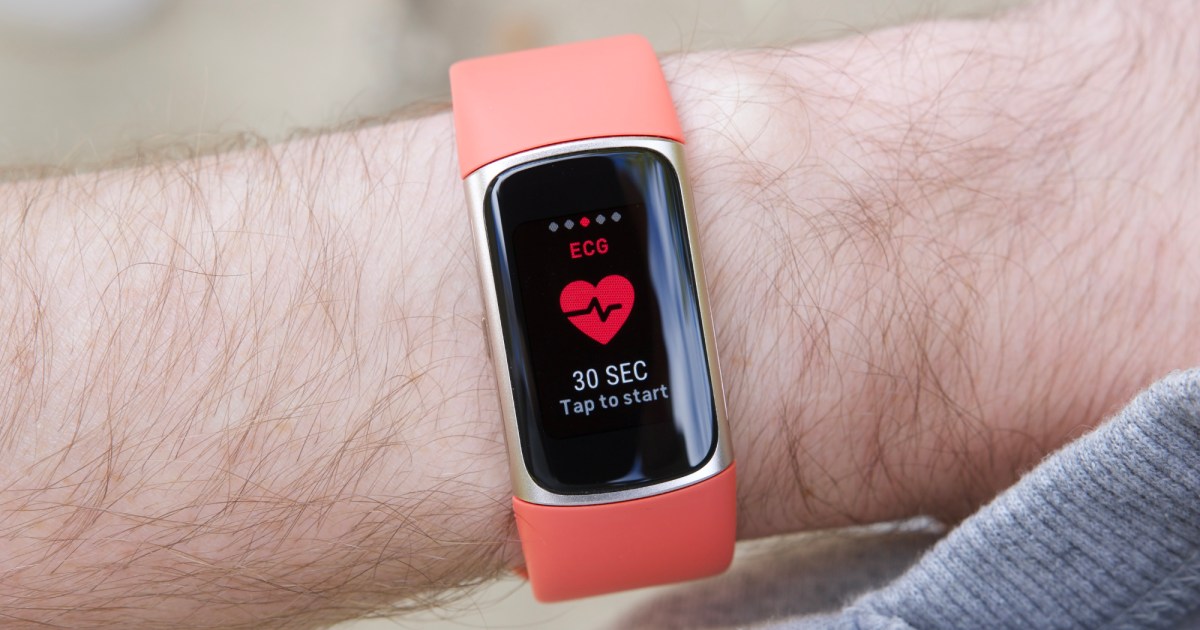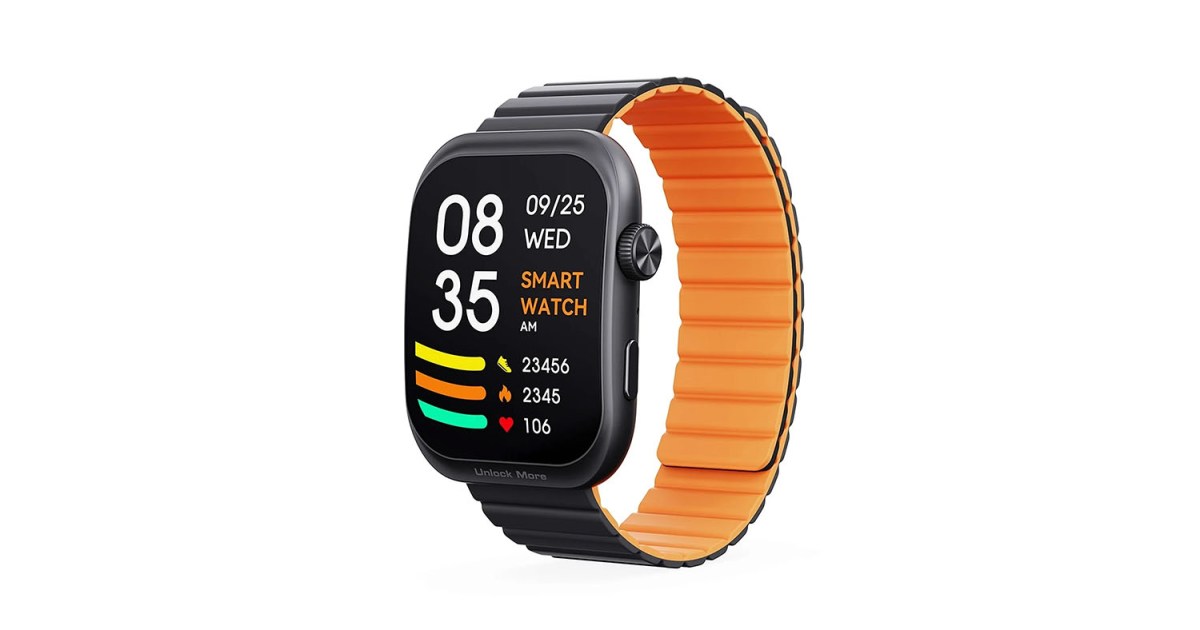Wearable technology has advanced significantly, with smartwatches now capable of tracking various health metrics like ECG, blood pressure, and sleep apnea. Could these devices one day understand our emotions too? New research suggests this possibility is closer than we think.
A team from Tokyo Metropolitan University recently published a study in IEEE Access detailing how they used skin conductance to identify emotions. The study analyzed changes in skin conductance response (SCR) related to different emotional experiences.
Participants watched videos designed to evoke strong emotional responses, primarily fear, family-bonding emotions, and fun. But how does skin conductance relate to emotions? The connection lies within our body’s physiological responses.
 alt text: Diagram illustrating how skin conductance measurements relate to emotional states.
alt text: Diagram illustrating how skin conductance measurements relate to emotional states.
“When people experience different emotions, the electrical properties of their skin change drastically due to perspiration, with signals appearing within one to three seconds of the stimulus,” the team explains. Skin conductance variations were measured using probes attached to participants’ fingers.
Fear registered as the strongest emotional response, while family-bonding emotions elicited a gradual rise, combining joy and sadness. While the study has limitations, it demonstrates that changes in skin conductance can differentiate between various emotions, at least to some extent.
The human emotional spectrum is vast, exceeding just fear, sadness, and fun. Much remains unexplored. However, researchers believe skin conductance data can provide “statistically significant predictions of whether a subject was experiencing fear or feeling the warmth of a family bond.”
 alt text: Close-up of the Fitbit Sense 2's sensor array, which includes an EDA sensor.
alt text: Close-up of the Fitbit Sense 2's sensor array, which includes an EDA sensor.
Skin conductance measurement isn’t confined to labs. Devices like the Fitbit Sense smartwatch and Charge 5/6 bands feature electrodermal activity (EDA) sensors. These sensors measure “electrical changes in the sweat level of your skin,” reflecting the body’s response to stress.
This is crucial because sweat levels influence skin conductance, which is linked to the sympathetic nervous system. Therefore, skin responses can indicate the body’s reaction to external factors. Fitbit’s EDA sensor, for example, detects high stress levels.
The research paper, published in IEEE Access, states, “Skin conductance measures emotional arousal and reflects changes in skin electrical properties due to sweating associated with arousal, including fear, surprise, and pleasure.”
When will we see emotional analysis on smartwatches? That depends on manufacturers of devices with EDA sensors. The research team expresses optimism: “Combined with other signals, the team believes we are closer to devices understanding our feelings, potentially leading to a deeper understanding of human emotions,” according to the research release. With EDA sensors already on commercial devices, widespread adoption by companies like Apple, Google, or Samsung may be just a matter of time.











